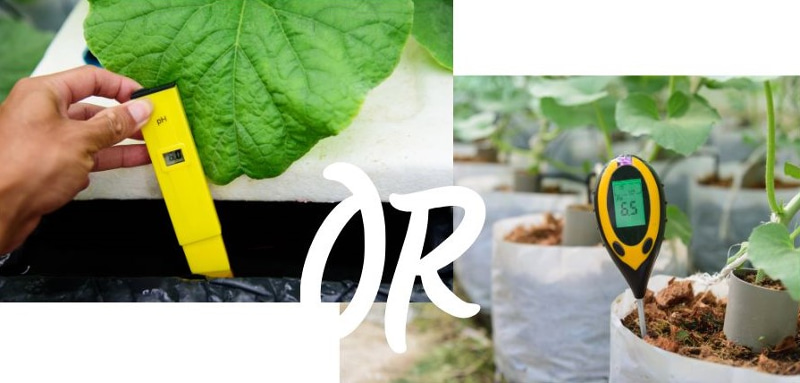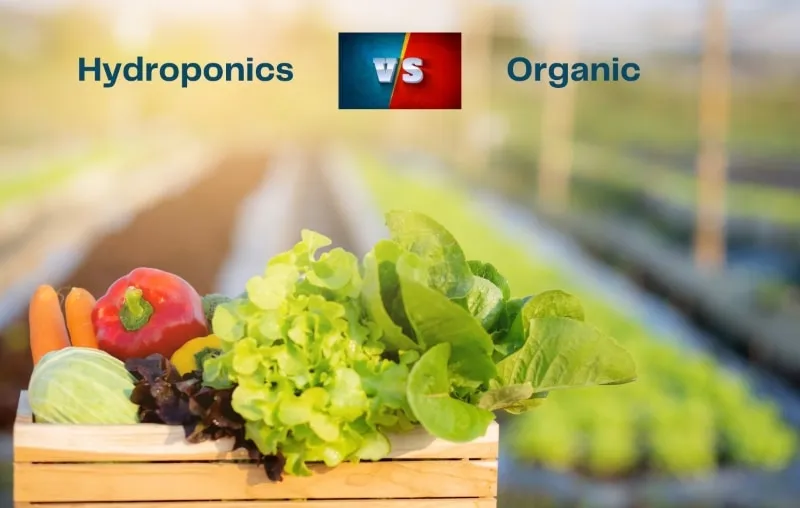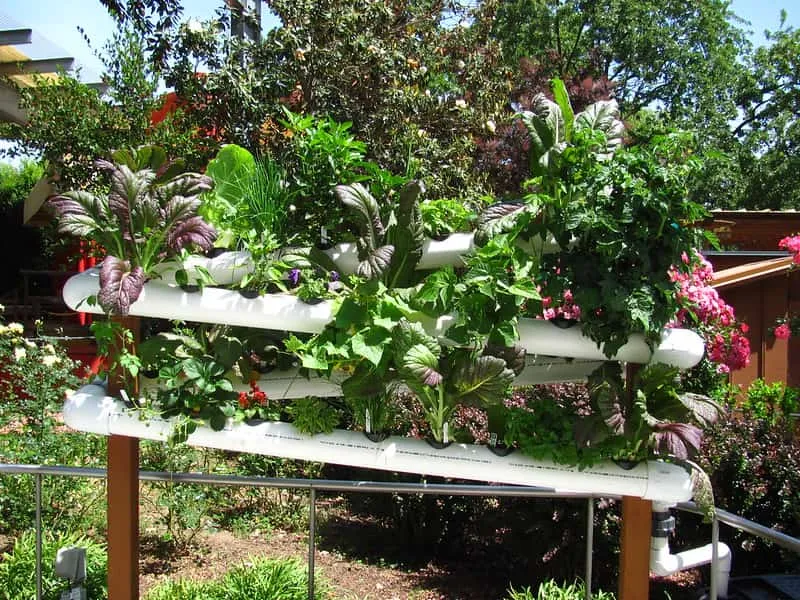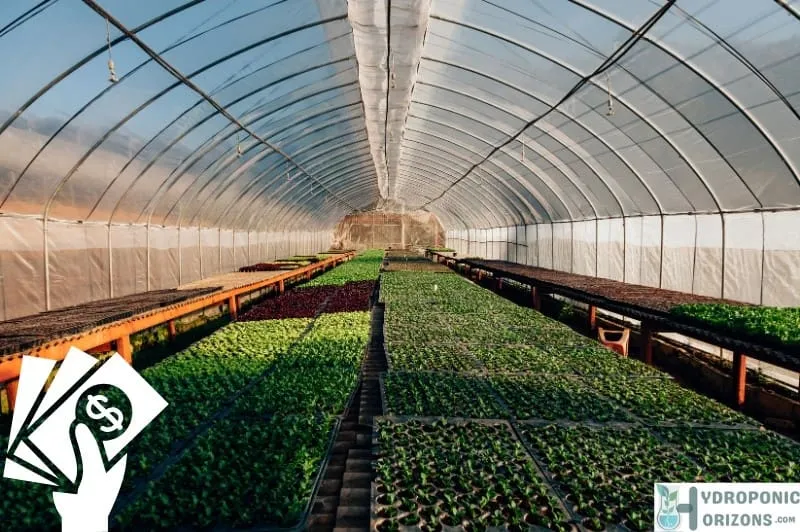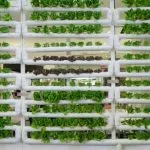Growing plants hydroponically, without soil, has gained significant popularity in recent years. This method provides many benefits, including precise control over nutrient intake and faster growth rates. However, there may come a time when you want to transplant your hydroponic plants into soil, whether it’s to maximize your garden space or to enjoy the process of traditional gardening. Fear not, as it is entirely possible to make this transition smoothly, and this article will guide you through the process.

Transplanting hydroponic plants to soil requires careful preparation, as the roots of these plants have adapted to a water-based environment and need to adjust to the characteristics of the soil. Following a step-by-step guide can help minimize shock and ensure successful transplantation. In turn, your plants will continue to thrive, even as they adapt to their new surroundings.
Before diving into the specifics, it’s essential to understand why and how this process works. The root systems of hydroponically grown plants are different from those grown in soil. They are used to receiving a constant supply of water, oxygen, and nutrients tailored to their needs. When transitioning to soil, expect some initial challenges, but with the proper steps, your plants will soon acclimate to their new environment.
Reasons to Transplant from Hydroponics to Soil
There are various reasons why you might consider transplanting your hydroponic plants into soil. In this section, we’ll discuss a few of those reasons and help you understand if this transition is right for you and your plants.
Too Large for Hydroponic System
One common reason to transplant plants from hydroponics to soil is when your plants have grown too large for their current hydroponic system. Moving plants to an outdoor garden or into large pots allows them to continue growing, making the most of their potential. Transferring them to soil can accommodate the increased size and allow for further development.
Seedling Development
Another reason to transplant is if you started your seedlings hydroponically to give fragile plants a better start. Hydroponic systems can provide a controlled environment that nurtures seedlings, allowing them to grow strong and healthy before facing outdoor challenges. Starter plugs or Rockwool cubes are popular media for this stage. Once the plants have established a robust root system and structure, you can ease their transition into soil where they can continue to grow. It can be a slow and difficult job to remove Rockwool from the seedling roots before transplanting, so can Rockwool cubes be planted in soil directly? Find out!
Selling the Plants
If you grow plants with the intention of selling them, you might need to transplant them from hydroponics to soil. Many customers prefer to purchase soil-grown plants, and transferring them to soil pots makes them more marketable and accessible to a broader range of buyers.
Weather Considerations
Lastly, you might transplant your hydroponic plants to soil if you live in an area with volatile weather. Hydroponic systems can protect your plants from unexpected frost, heavy rainfall, or other weather-related issues. When the weather becomes stable, transplanting those plants to soil can be a suitable next step.
Those are just a few reasons why you might decide to transplant your hydroponic plants into soil. Each situation is unique, and it’s essential to assess your plants, their needs, and your goals before making the switch.
Related: Read this article if you want to know if you should choose hydroponics or soil gardening.
Can You Transplant Hydroponic Plants to Soil?
Yes, you can safely transplant hydroponic plants to soil. However, care is needed during and after the transition to ensure the plant survives. Many gardeners prefer a hydroponic system to start seeds so they can get a jump on their spring garden.

When transferring hydroponic plants to soil, first, select a suitable growing pot or container. The pot size should fit the size of your plant. You’ll also need soil and water for your plants.
Next, give the plants ample space for their roots. Hydroponic plants usually have thinner and shorter roots since they are soaked in nutrient-rich water and not soil. Providing them with around four to six inches of space can help them grow and adapt to the new environment.
Use a growing medium that provides some buffer for your plants until they are ready to be fully transplanted into gardens. Fill the container with soil, leaving a hole for the root ball, and carefully transplant the hydroponic plant into the pot. Ensure it has access to ample light and water throughout the transition process.
It may be helpful to fill the hydroponics system with a quarter strength nutrient solution for about a week before transferring the plants. Then, reduce the amount of water to a quarter strength to minimize the shock of the transition.
In summary, transplanting hydroponic plants to soil is possible if you follow these steps:
- Select a suitable pot and soil.
- Give the plant ample space and light.
- Use a transition medium such as a quarter strength nutrient solution.
- Monitor the plant’s growth and adjust watering accordingly.
By taking these careful steps, you can successfully transfer your hydroponic plants to soil and continue to watch them thrive.
Hydroponic Transplant Shock
When transplanting hydroponic plants to soil, one challenge you might face is hydroponic transplant shock. This phenomenon occurs when plants, accustomed to their hydroponic garden environment, react negatively to the sudden shift of being moved into soil. It can result in slowed growth, wilting, or even plant death.
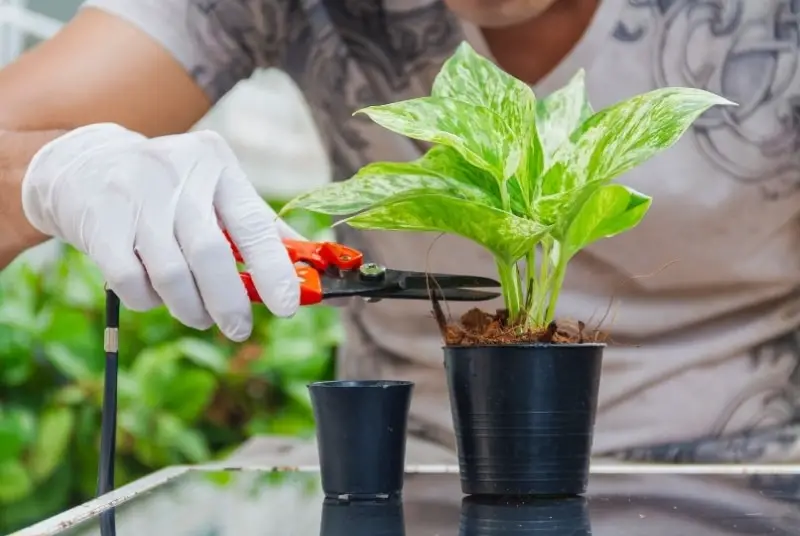
To minimize the risk of transplant shock, there are several steps you can take:
- Gradually reduce water: Begin by reducing the amount of water provided to your hydroponic plants a week before transplanting them to soil. This encourages the development of a longer root system, making it easier for your plants to find water in their new, soil-based environment.
- Choose the right growing medium: Select a soil or growing medium that mimics the nutrient-rich environment of your hydroponic system. This will ease the plant’s transition and provide it with essential nutrients.
- Harden off your plants: Gradually expose your plants to sunlight and other outdoor conditions before the final relocation. This will help them acclimate to their new environment and reduce the risk of shock.
- Prune if necessary: Trim back up to 1/3 of the plant to improve water absorption in its new soil environment.
It’s essential to monitor your plants closely during and after the transplanting process for any signs of shock. Swift action, such as adjusting water or nutrient levels, can help mitigate the negative effects and ensure a successful transition from hydroponics to soil.
Related: There is another instance in hydroponics where transplant shock occurs and that is when you transplant seedlings to a hydroponic system for further growth.
How To Transfer Hydroponic Plants To Soil – Step-by-Step
Moving Hydroponic Plants to Soil
Before you begin transferring your hydroponic plants or clones to soil, it’s important to reduce the amount of water they receive. Start by lowering their water access for about a week. This will encourage the root system to grow longer and help with the transition to finding water in soil.
- Select your pot: Choose a suitably sized pot based on the size of your plant. The larger the plant, the bigger the pot you will require. It should be roughly four to six inches wide.
- Prepare your growing medium: Use a well-draining soil mix suitable for the plant species you are transplanting. You may add compost or any organic matter to improve soil texture and fertility.
- Prepare your plant or clone for transplanting: Remove any old or damaged leaves and trim the roots if needed.
- Remove the plant from the hydroponic system: Carefully remove the plant from the hydroponic system, taking care not to damage the roots. If the plant is inside a hydroponic grow basket or net pot, gently disentangle the roots if necessary.
- Plant it in soil: Make a hole in the prepared growing medium large enough to accommodate the root mass. Gently place the clone into the hole and firm the soil around it. Ensure the clone is well supported and secure.
- Water and feed the clone: After transplanting, water the clone thoroughly to ensure proper hydration. Apply a diluted nutrient solution to help the plant adjust to its new soil environment.
Transplanting Aerogarden Plants to Soil
Transferring Aerogarden plants to soil involves the following steps:
- Harden off your plants: Before transplanting, gradually expose your Aerogarden plants to sunlight and outdoor conditions for about a week. This reduces shock due to changes in light intensity and temperature.
- Select and prepare the soil: Use a well-draining potting mix; you may add perlite, vermiculite, or similar materials to improve the soil structure.
- Carefully remove the plant: Gently remove your Aerogarden plant from its growing environment, taking care not to damage the plant roots.
- Plant in soil: Make a hole in the soil large enough for the entire root ball. Place the plant in the hole and firmly pack the soil around it, ensuring proper support.
- Water your transplant: Thoroughly water the plant after transplanting and continue normal watering and feeding schedules.
By following these guidelines, you can successfully transfer your hydroponic plants to a soil environment. Take care to monitor your plant’s needs continually during the transition, and adjust light, water, and nutrients as necessary to support its growth.
Additional Tips for Transplanting Hydroponic Plants to Soil
Temperature Maintenance
Maintain the temperature of the water-nutrient solution between 65 and 75 degrees Fahrenheit to ensure proper root growth. Before transplanting, thoroughly water your plants to avoid shocking their roots due to temperature fluctuations.
Soak the Plant

To help your plant transition from hydroponics to soil, soak the whole plant in water for about 30 minutes to an hour. This will saturate the plant with water and make it easier for the roots to adjust to the soil environment.
Prepare the Soil
Make sure your soil is fluffy and lightweight. This will provide your plants with ample space for their roots to grow and make it easier for them to access water and nutrients. Add a growing medium with a buffer for your plants until they are ready to be fully transplanted into gardens.
Transplant Spacing
When transplanting your hydroponic plants into soil, give them at least four to six inches of space to allow their roots to grow. This will ensure your plants have enough room to establish themselves and grow healthily.
By following these tips, you’ll be able to successfully transition your hydroponic plants to soil and help them thrive. Remember, consistency and attention to details are key to ensuring a smooth transplantation process.

